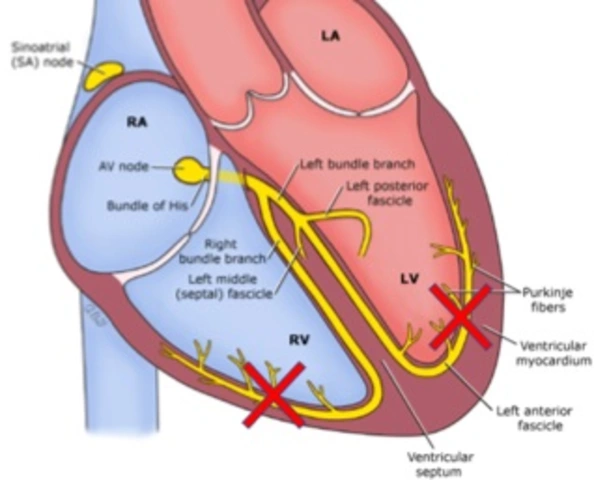Antihistamine options: what works best for your allergies
Drowsy antihistamines still get used because they work fast — but you don’t have to suffer groggy days. This guide breaks down common antihistamine options, what they treat, side effects, and plain tips to choose one that fits your life.
First‑ vs second‑generation antihistamines
First‑generation drugs (diphenhydramine, chlorpheniramine) block histamine quickly. They can stop itching and sneezing fast, but they cross the blood‑brain barrier and cause drowsiness and dry mouth. That makes them useful for short‑term sleep aid or severe itching, but not ideal for work or driving. Older meds also raise risk for confusion and falls in older adults.
Second‑generation options (loratadine, cetirizine, fexofenadine) are the non‑drowsy crowd. They last longer—often 24 hours—so one pill a day usually does the job. Cetirizine can still make some people sleepy, while loratadine and fexofenadine are least likely to cause sedation. These are the go‑to for daily allergy control.
Nasal sprays, eye drops, and combo approaches
Not all allergies respond fully to oral pills. If congestion or runny nose is the main problem, intranasal antihistamines (azelastine, olopatadine) act fast inside the nose. For red, itchy eyes, antihistamine eye drops (ketotifen, olopatadine) provide targeted relief without systemic side effects.
For stubborn symptoms, doctors often combine an oral antihistamine with a nasal steroid spray. The steroid treats inflammation and congestion while the antihistamine controls itching and sneezing. That combo often beats either medicine alone.
Side effects to watch for are drowsiness, dry mouth, blurred vision, urinary retention, and constipation. Young children can have the opposite reaction and get hyper or excitable with first‑generation drugs. Older adults should avoid sedating antihistamines because they increase fall risk and confusion.
Drug interactions matter. Mixing antihistamines with alcohol or sedatives boosts drowsiness. If you take medications for high blood pressure, prostate issues, or glaucoma, check with a pharmacist before starting an antihistamine.
Non‑drug steps help a lot: reduce indoor allergens (HEPA filters, wash bedding in hot water), do nasal saline rinses, and avoid peak pollen times. If allergies limit your life despite OTC meds, allergen immunotherapy (allergy shots or tablets) and referral to an allergist are good next steps.
Quick tips: choose a second‑generation pill for daytime control, consider a sedating option at night if you need sleep help, use eye drops for isolated eye symptoms, and try a nasal spray for congestion. Always read labels, follow age dosing, and ask a pharmacist or doctor if you’re pregnant, breastfeeding, or on other medicines.
If symptoms are sudden, severe, or include breathing trouble or swelling of the face or throat, get emergency care right away. For everyday allergies, the right antihistamine can make life easier without the fog. Talk with a healthcare pro to pick the safest, most effective option for you.
Georgea Michelle, Jan, 7 2025
Top 7 Atarax Alternatives for Anxiety and Allergies in 2025
Discover effective alternatives to Atarax in 2025 for managing anxiety and allergies. Explore the pros and cons of Allegra, Claritin, Zyrtec, Benadryl, Buspirone, Celexa, and Ativan. Each option offers unique benefits and considerations, allowing individuals to choose the best fit for their needs.
View More





